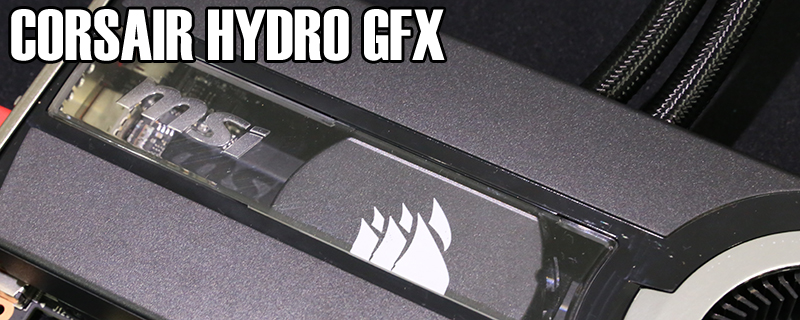Corsair GTX980 Ti Hydro GFX Graphics Card Review
Conclusion
We’ve regularly mentioned the benefits that come from having excellent cooling for your graphics card. Once upon a time having lots of cooling performance meant that you could extra more out of your card with Rivatuner or Coolbits, but since nVidia released their GPU Boost that automatically overclocks it enables you to get more out for zero effort. Bundles of performance for no effort at all is something we all crave.
With the Corsair Hydro GFX there is no doubt that you wont run into any thermal limitations. The only card we’ve tested that is cooler than it under load was the Zotac, and that was as part of a complete water loop rather than just a 120mm radiator and fan combination. Even with a big manual overclock in place it barely moved above 50°C, and the improved heat dissipation of water when compared to air means that the whole thing remains resolutely quiet under even the harshest loadings.
Partnering with MSI has been a particular boon for Corsair. All the cooling performance in the world wont help you if the GM200 at the heart of it isn’t capable of responding to your overclocking efforts, but the MSI card unquestionably loves the extra clock speed. In fact if anything we’d say the card was slightly disappointing in its out of the box trim, often finding itself mired in the middle of our graphs. The same cannot be said of the Hydro GFX when overclocked which topped the graph more often than not. All GTX980Tis are closely matched in performance and the distance between the best and the worst is usually measured in tenths of a frame per second. The Corsair Hydro GFX on the other hand managed to squeeze out a considerable performance margin in nearly everything we threw at it. If it’s pure performance you’re after then there can be no doubt that this is the most consistently blistering card there is.
In every measurable part of the equation the Corsair Hydro GFX is the one to beat. Low temperatures, high overclocks, excellent performance, it has it all. What it doesn’t have are looks. We know beauty is in the eye of the beholder but it’s very difficult to look at the Corsair and think of anything other than a reference cooler that has had a hole cut in it and a Corsair H55 bolted on. The cooler hasn’t been adapted to keep the GDDR5 or VRMs cooler, and the MSI shroud hasn’t been adapted to make the most of the H55 at the heart of it. We’re pretty sure you could make one of these yourself in an afternoon. Now obviously how much weight you place upon the looks of the card varies from person to person, but for us it looks pretty shabby. We’re not saying the build quality is bad – it isn’t because this card is as well built as you’d expect to find from two titans of the hardware world – but if we discovered that this was designed at 4.30 on a Friday afternoon we wouldn’t be shocked either.
The Corsair Hydro GFX then. It’s a card for people who value performance above all other considerations. Fortunately it has more performance potential than almost every other card around, although you have to do a little manual tweaking to unlock what it has available. We have a sneaking suspicion these cards are heavily speed binned and that’s why they are only available in limited numbers direct from the Corsair webstore. It might not look like a supermodel, but when it’s this quiet, this cool, and this bloody fast, who cares?
You can discuss your thoughts on the Corsair GTX980 Ti Hydro GFX Graphics Card Review in the OC3D Forums.




